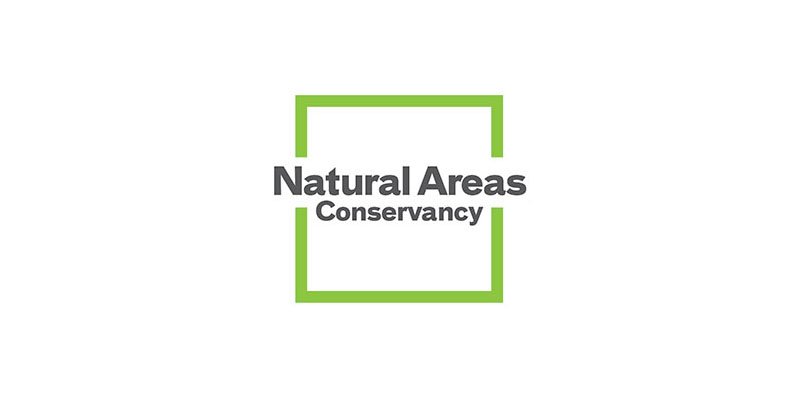Project Background In 2022, Trust for Public Land (TPL) published The Economic Benefits of Parks in New York City (TPL Parks Report), describing the environmental, recreational, health, and other economic benefits that parks provide city residents. The Natural Areas Conservancy (NAC) in NYC served as a member of the advisory committee for the project, and after publication approached TPL and the University of Maryland Environmental Finance Center (UMD EFC) about leveraging the report findings specifically in natural areas in the city.
In 2019, NAC developed a Forest Management Framework (NAC FMF), in collaboration with NYC Parks (https://naturalareasnyc.org/content/forests/fmf-2019-update-singles.pdf). The Framework is “a strategic and comprehensive plan to bolster and protect New York City’s vital urban forests,” with the intent to “guide restoration, management, and community engagement for 7,300 acres of New York City’s forested parkland.” The report estimates a need for $385 million in maintenance funding over the 25 years of the plan, identifying natural areas with high or low forest health and high or low threat due to climate change, invasive species, and other impacts.
Project Goal
NAC was interested in advancing new, alternative funding opportunities to meet the needs identified in the 2019 Framework, including a forest resilience bond or direct engagement of NYC corporate sustainability funds. To support their efforts, TPL and UMD EFC used the analysis from the TPL Parks Report to identify ecological, economic, and social values of forested areas in NYC. We also used the NAC FMF costs for the FMF overall and conducted case studies of how to calculate benefits and costs of maintaining natural areas in parks. UMD EFC developed a benefit cost tool to provide a way to communicate the costs of not maintaining the natural areas, both through the potential reduction in benefits as well as an increase of maintenance cost overtime.
The methodology includes locating the “service area” using TPLs 10-minute walk from Park Serve (https://parkserve.tpl.org/mapping/index.html?CityID=3651000) and then calculating the per capita benefits. The categories for benefit valuation are:
● Recreation
● Health care cost savings due to exercise in parks
● Water quality protection (either leveraging existing wastewater infrastructure, or implementing new green stormwater infrastructure)
● Air pollution reduction (Ozone and PM2.5)
We also included a step for identifying nearby residents, serving as a proxy for likely park users, and for identifying the potential differences in management costs in the absence of the NAC FMF.
Partners

Sponsors

For more information, contact Jennifer Egan at jegan@umd.edu or 302-540-4546.
